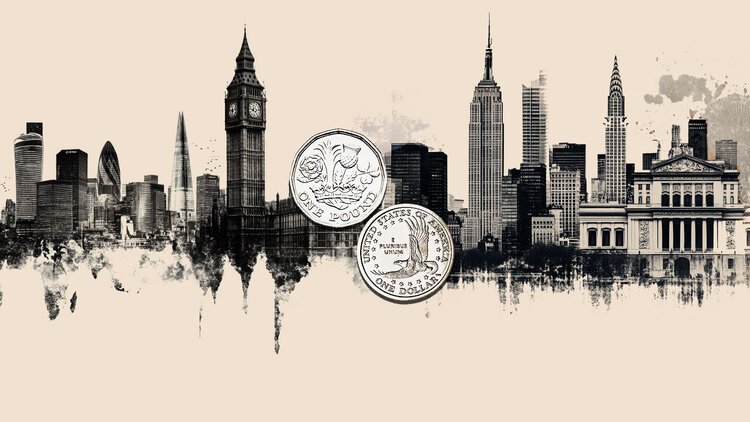GBP/USD found room on the high side on Wednesday, clawing its way back to the 1.3400 handle after a near-term dip into the low end that saw Cable briefly battle the 200-day Exponential Moving Average (EMA) near 1.3290. A raft of mid-tier United Kingdom (UK) economic releases are due on Thursday, but the American side of the data docket remains tepid amidst the ongoing US government shutdown that has crimped the flow of key data releases.
UK Gross Domestic Product (GDP) growth, Industrial and Manufacturing Production, and UK Trade Balance data, all for the month of August, are all due, and while each individual figure is mid-tier at best, a notable down- or up-turn across the board could see a sharp shift in intraday Cable flows.

On the US side, the ongoing government closure has restricted the flow of official datasets. On one hand, this will make it more difficult for investors to accurately gauge the health of the US economy as the shutdown drags on. On the other hand, this is great news for market participants banking on the Federal Reserve (Fed) to get locked into two more interest rate cuts through the end of the year, as Fed officials will lack most of the key data releases that would be most likely to force a hawkish pivot, namely inflation and unemployment statistics.
GBP/USD daily chart

Pound Sterling FAQs
The Pound Sterling (GBP) is the oldest currency in the world (886 AD) and the official currency of the United Kingdom. It is the fourth most traded unit for foreign exchange (FX) in the world, accounting for 12% of all transactions, averaging $630 billion a day, according to 2022 data.
Its key trading pairs are GBP/USD, also known as ‘Cable’, which accounts for 11% of FX, GBP/JPY, or the ‘Dragon’ as it is known by traders (3%), and EUR/GBP (2%). The Pound Sterling is issued by the Bank of England (BoE).
The single most important factor influencing the value of the Pound Sterling is monetary policy decided by the Bank of England. The BoE bases its decisions on whether it has achieved its primary goal of “price stability” – a steady inflation rate of around 2%. Its primary tool for achieving this is the adjustment of interest rates.
When inflation is too high, the BoE will try to rein it in by raising interest rates, making it more expensive for people and businesses to access credit. This is generally positive for GBP, as higher interest rates make the UK a more attractive place for global investors to park their money.
When inflation falls too low it is a sign economic growth is slowing. In this scenario, the BoE will consider lowering interest rates to cheapen credit so businesses will borrow more to invest in growth-generating projects.
Data releases gauge the health of the economy and can impact the value of the Pound Sterling. Indicators such as GDP, Manufacturing and Services PMIs, and employment can all influence the direction of the GBP.
A strong economy is good for Sterling. Not only does it attract more foreign investment but it may encourage the BoE to put up interest rates, which will directly strengthen GBP. Otherwise, if economic data is weak, the Pound Sterling is likely to fall.
Another significant data release for the Pound Sterling is the Trade Balance. This indicator measures the difference between what a country earns from its exports and what it spends on imports over a given period.
If a country produces highly sought-after exports, its currency will benefit purely from the extra demand created from foreign buyers seeking to purchase these goods. Therefore, a positive net Trade Balance strengthens a currency and vice versa for a negative balance.







